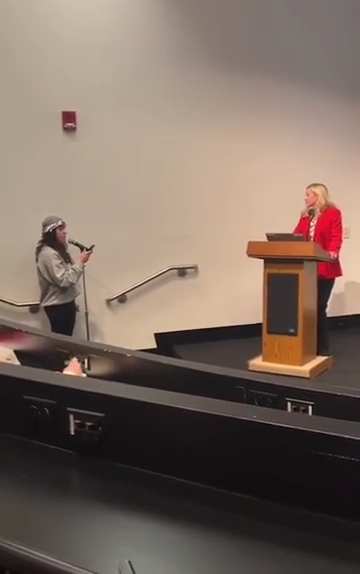
What does curcumin, the main component of the Asian spice turmeric, have in common with periodontal disease? Quite a lot, according to one Stony Brook professor—and it does not just stop with gum disease.
The Statesman had a chance to speak with Dr. Lorne Golub, distinguished professor in the Department of Oral Biology and Pathology in the Stony Brook University School of Dental Medicine, about a new type of anti-inflammatory compound based on the chemical structure of curcumin.
The compound, known as TRB-N0224, was co-developed in collaboration with Francis Johnson, Ph.D., professor of chemistry and pharmacology at Stony Brook. It was recently announced as part of a new licensing agreement with Traverse Biosciences in an effort to develop more effective treatments for canine periodontal disease.
Golub is best known for helping discover the non-antibiotic properties of the tetracyclines early in his career at Stony Brook. The work of Golub and his colleagues led to a host of university-held patents, including ones for the highly successful drugs Periostat for periodontitis and Oracea for acne and skin inflammation.
“It all started decades ago while studying a rat model for diabetes, in which my colleagues and I noticed that collagenases, the enzymes responsible for breaking down collagen fibers, were vastly elevated compared to non-diabetic rats,” Golub said.
“By following the biochemistry we discovered that tetracycline, a common antibiotic, had this unexpected, previously unrecognized ability to inhibit a family of enzymes known as matrix metalloproteases (MMPs),” Golub said.
MMPs are a class of enzymes capable of degrading, a slew of proteins in the extracellular matrix that surrounds cells. MMPs are now thought to play an important role in all kinds of inflammatory diseases.
“Originally we were studying the mediators of the inflammatory response and the enzymes that are produced by the patient’s own body, the host,” Golub said. “Periodontitis just happened to be the most common chronic inflammatory disease.”
Golub added, “It turns out, as we have recognized over the past several decades, that in the case of periodontal disease it is not the bacterial products that cause tissue breakdown in our gums so much as it is our own body.”
This same mechanism that involves local inflammation triggering a systemic response has been implicated in everything from rheumatoid arthritis to angiogenesis in cancer. It is also thought to underlie the increased risk of heart disease and stroke that patients with periodontitis face.
“The first MMP inhibitor drug we developed was Periostat. It was designed to produce blood levels so low of doxycycline, another type of tetracycline, that it could not function as an antibiotic, and therefore would not have major side effects and the emergence of antibiotic-resistance bacteria,” Golub said.
“Later, one of the things discovered was that the active site in all these tetracycline antibiotics had a structure known as the beta-diketone moiety,” Golub said. “We proceeded to make new chemicals that preserved this metal ion binding site but eliminated the amino group responsible for antibiotic activity.”
Golub added, “Now we were able to use much higher levels of these compounds without getting the antibiotic properties.”
More recently Golub turned to Johnson to try to develop better MMP inhibitors to treat periodontitis.
“We thought, let’s make a spin-off of the four-ring tetracycline and instead use the two-ring structure of curcumin,” Golub said. “And so, just like the modified tetracycline compounds we made a chemically-modified form of curcumin.”
As part of their latest efforts, Golub and Johnson hope TRB-N0224 can help fast-track FDA approval for the use of chemically-modified curcumins in the treatment of periodontitis in dogs and, eventually, humans as well.






















